What are we to say about a party that’s been in power for 16 years, and is going through the troubles and turbulence that are besetting the SNP?
Quite a lot as it happens, and we have read about it in thousands of column inches over the past few weeks.
It’s also worth looking at the issue from the other end of the political telescope.
What are we to make of opposition parties at Holyrood that continue to trail behind the SNP?
Latest polling
Granted, a YouGov poll last week showed that SNP support in the constituency vote for a Scottish Parliament election dropped five points since March to 38%, the joint-lowest since the independence referendum in 2014.
At this stage of the electoral cycle, voting intentions for Westminster are worth paying closest attention to, given that the UK general election expected in 2024 is the next contest.
Here we see the SNP down a couple of points to 37%, with Labour down one at 28%, and the Conservatives up one to 17%.
In other words, not a lot of change despite all that’s happening, at least at this stage.
It is, of course, perfectly possible that the full political impact of current events is more of a slow burn that will play out over a longer period.
However, my point is that the remarkable feature of public opinion at present isn’t the diminishing or relatively small nature of the SNP’s lead.
It’s that there is an SNP lead of any description.
SNP should be consistently behind…but are not
Looking at the situation objectively, the SNP should be consistently behind in the polls, and already travelling the low road with no exits that has as its destination the opposition benches at Holyrood.
Even without the police investigation into the party’s finances, that’s the reality for any government after a long time in office.
Think about where the Conservatives were in the run-up to the 1997 general election, which ended their 18 years in power: they were down and out.
Or when Labour hit the buffers 13 years after that: it was a case of time’s up.
Or consider the current UK government: the Tories have been incumbents since 2010 (admittedly with five prime ministers) and now have an ingrained double-digit deficit in the polls.
Arguably, that’s the way it should be. But it’s not the way it is in Scotland.
The SNP has held sway at Holyrood for twice as long as the Labour/Lib Dem coalition that preceded it and is still in pole position, albeit not as far ahead as formerly.
There are a number of reasons for that, including the relative popularity and salience of independence, even though this too may have slipped slightly.
But there is a more fundamental issue. I am a keen observer of the Scottish Parliament, and draw a number of conclusions from what I see.
Lack of government-in-waiting
Readers are entitled to disagree, but I see MSPs across all the parties who are in politics for the right reasons, with a commitment to public service according to their own lights.
What I still don’t see on the opposition benches is an alternative government.
In his policy statement at Holyrood last Tuesday, First Minister Humza Yousaf chided the Scottish Labour leader, Anas Sarwar, for having “not a single idea, not a single proposal”.
It was harsh, but contained a grain of truth.
The prominence of the constitutional debate has been the noisy recurring feature of Scottish politics since 2007.
The quietly consistent characteristic is the lack of a government-in-waiting.
The din around the SNP is obvious. But the lower-key aspects of Holyrood are important too.
It’s funny how you can see something countless times and fail to notice certain details.
A while ago I was looking at the building in Perth where I’d gone to the Boys’ Brigade, and saw a plaque that hadn’t registered before.
Upon reading it after all these years, I was none the wiser.
It proclaimed: “This building was the Glasite meeting house from 1839 till 1929”.
The whose meeting house?
Research revealed that the now defunct Glasites were seceders from the Church of Scotland, founded on a rigid doctrine by the Rev John Glas in about 1730.
His first church in Dundee was followed by meeting houses throughout Scotland, ultimately spreading south of the border and even to America.
The Glasites were nicknamed the Kail Kirk because of the scotch broth they served up for weekly communion, instead of the usual morsel of bread and sip of wine.
I was reminded of the question posed by Philip Larkin in his poem Church Going, when he wondered what places of worship would be turned into once people stopped attending.
In the case of the Perth Glasite hall, we know the answer. It’s now a dance studio. That’s what I call progress.
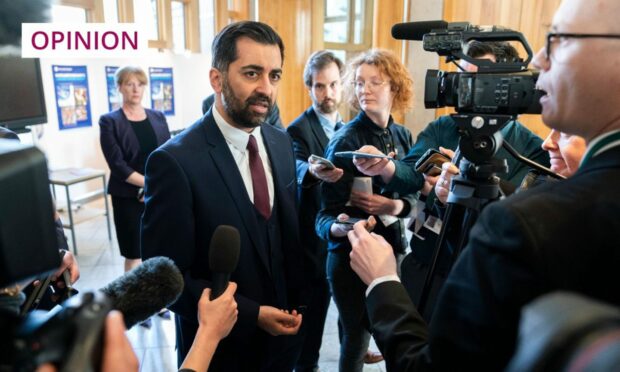




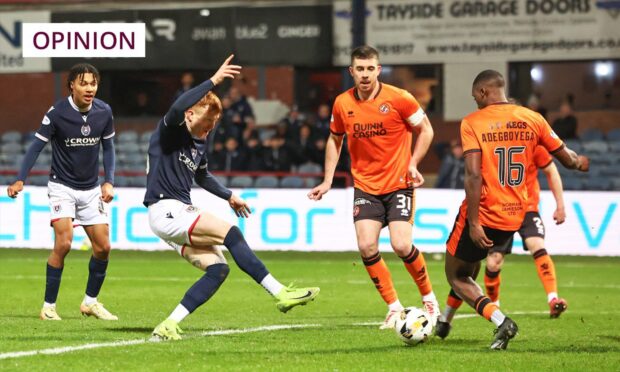
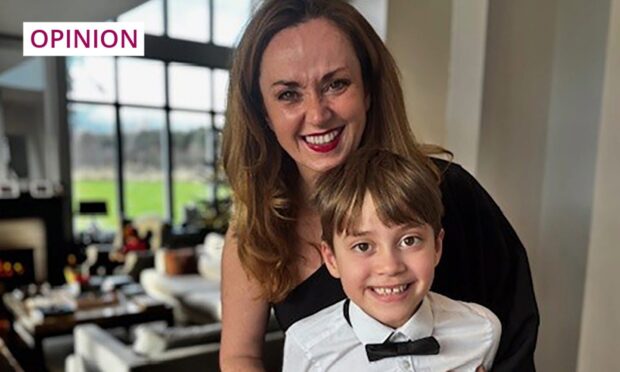
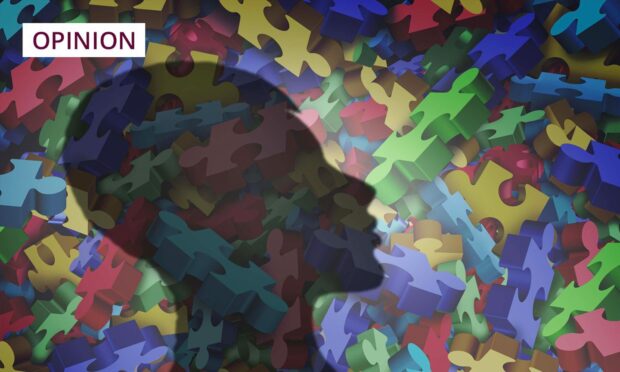
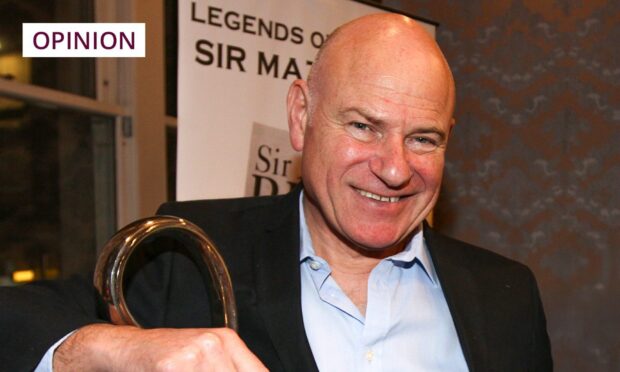
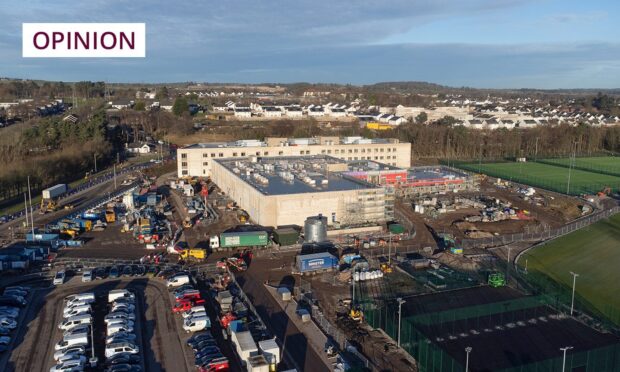
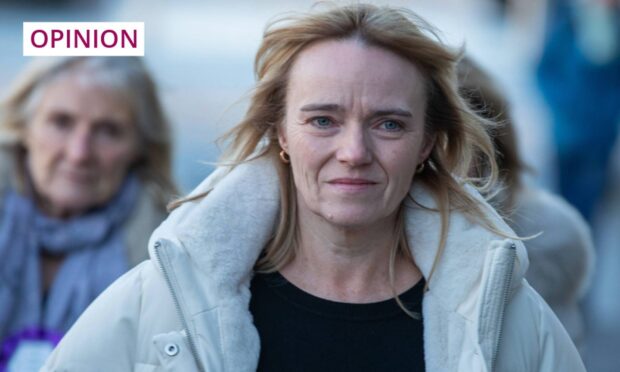
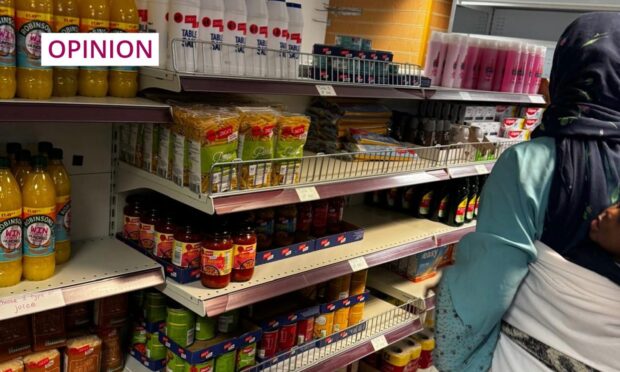
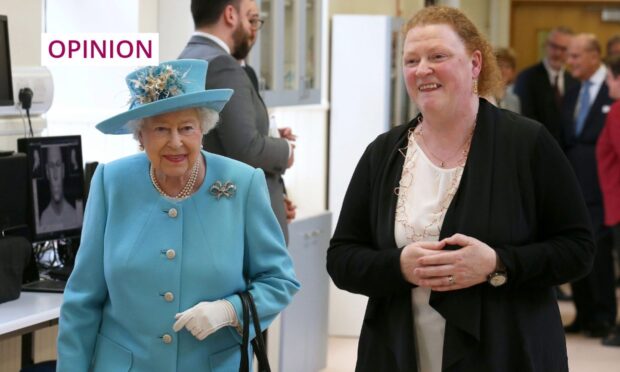
Conversation